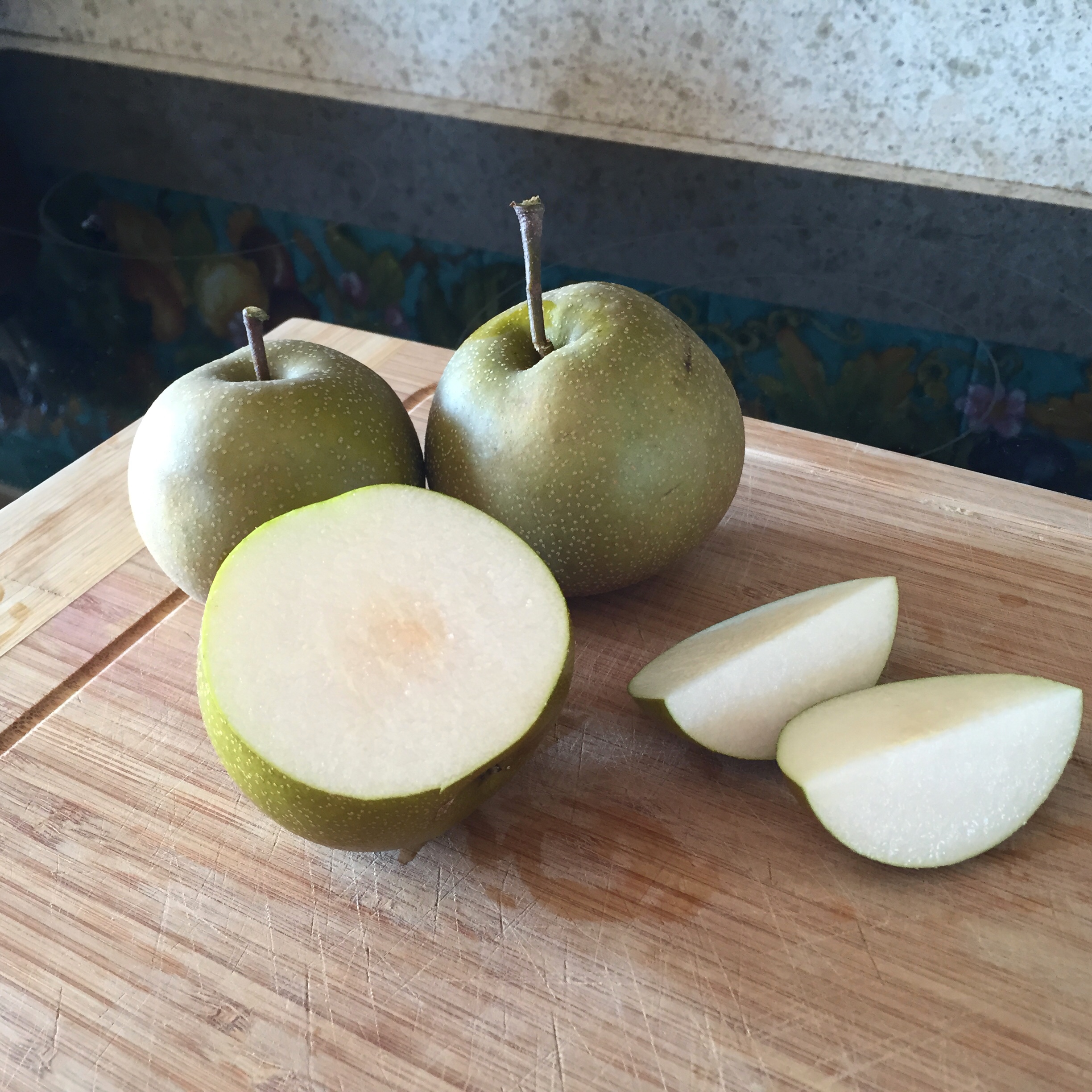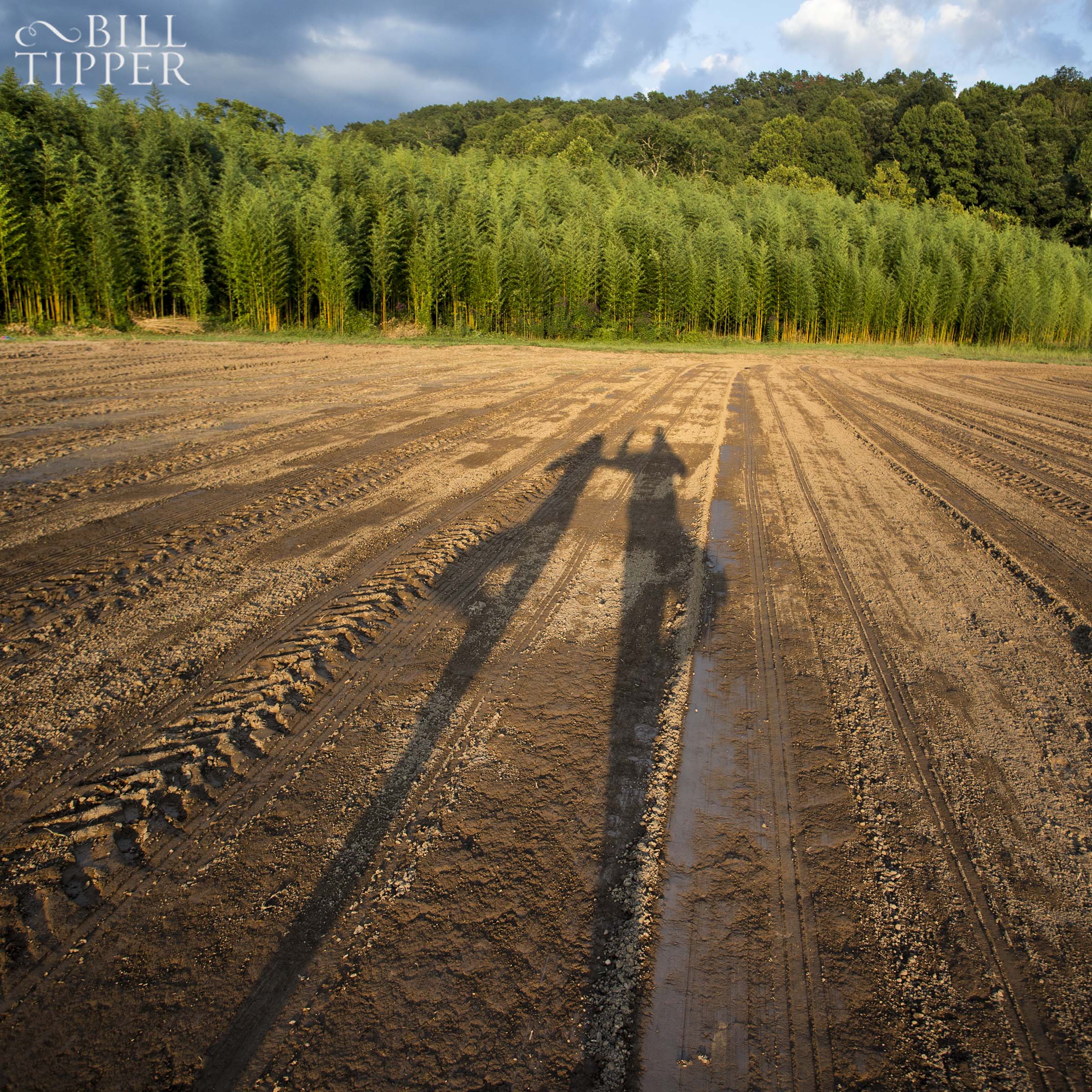There are a few places on earth that are teeming with such abundant life that it overwhelms and astonishes. It's been a long time since I experienced that level of ample life energy. My visit to the Galápagos Islands years ago comes to mind.
And then, while I was on break leading teacher training on the Sunshine Coast of Australia, we travelled to Lady Elliot Island in the Great Barrier Reef, and my faith in copious wildlife was restored.
In 2016, as a result of rising water temperatures due to climate change, the Great Barrier Reef suffered mass bleaching of coral, and tragically, it is said that two thirds of this extraordinary wonder of the world is now dead. Lady Elliot Island is in the southern part of the reef where water temperatures have not risen quite as high, so we felt extremely lucky to have had the chance to spend time observing the living coral and natural diversity still thriving there.
It was nesting season on the island, and every bit of greenery was covered in thousands of busy nesting marine birds like Noddy Terns, Bridled Terns, and Red-Tailed Tropic Birds sitting on their eggs. The island was aflutter with bird calls, swooping wings of nest material being transported through the air, and bird poop...a lot of bird poop!
All we had to do was look out our bathroom to see a Noddy Tern on her nest, just 6 inches from our window! They were quite literally everywhere.
There was no signal on the island so our iPhones were used solely as cameras to document the wildlife and natural wonder. I couldn’t be happier ditching emails and Instagram for the chance to spend all day watching the birds building their nests and tending to their eggs, spying on the chicks who’d hatched, and walking the island’s shoreline looking at shells and nesting sea turtle tracks. In between we'd jump in the water 3-4 times a day to snorkel in the stunning coral gardens, teeming with every kind of fish, black tipped reef sharks, giant groupers, and mulitple sea turtles every session. On our boat ride, we saw two different stacks of mating sea turtles in less than 15 minutes on the water.
Taro Smith, ever ready with his underwater camera rig, snapped these shots of me in the reef.
The living coral that remains in the Great Barrier Reef is definitely worth fighting for. I feel more called than ever to make the case that we all can do better when it comes to cooling off our planet.
The Earth’s atmosphere is really such a thin layer, and human generated greenhouse gases are easily trapped, which warms the planet to dangerous levels. We can do so much to stop producing Co2. Below are some immediate actions you can take!
Please leave more ideas on how we can contribute to global cooling in the comments below so our community can learn from each other!
Use Your Bike, Public Transport, or Carpool
Instead of your using your car to get around town or commute to work/school, invest in a bicycle, helmet, and a lock and avoid gas emissions. Use the public transportation system in your city and arrange to carpool to work and events rather than bringing your own car.
Unplug Your Gadgets
Are you someone who always leaves your phone charger dangling from the wall? Do you leave your cable box powered on? Or forget to put your computer on sleep mode? Adopting these practices can save you $100 each year on your energy bill and significantly reduce emissions!
Change Your Light Bulbs
Switch all of the lights in your house to compact fluorescent bulbs. One bulb can reduce up to 1,300 pounds of carbon dioxide pollution during its lifetime. If every house in the U.S. made this switch we could reduce the electricity spent on lighting by 50%.
Filter Your Own Water
Packaged plastic bottled water is decimating the planet, particularly the oceans and marine life. Beyond the environmental tragedy of the plastic waste, consider just how far your water was transported before you bought it which burns countless fossil fuels.
Adjust Your Curtains and Thermostat
If you keep your house two degrees warmer in the summer and two degrees cooler in the winter you can save a ton on your energy bills. Always use a programmable thermostat so you’re system is never left on too high or too cold but cycles back to a conservative temperature. Be mindful to keep your curtains open during the day in the winter to let in sunlight, and close them at night to hold in warmth. During the summer, close the curtains during the day to keep out extra sunlight and open them at night to moderate the temperature, or even open them to let in a cool breeze.
Buy Local, Organic Food
Food is transported 1,500 miles on average between the farm and the supermarket and organically grown produce helps make our soil healthy. Healthy soil has been shown to actually sequester carbon. Yes, organic food is more costly, but if enough of us purchase it the prices will come down. Consider eliminating other purchasing habits such as take-out coffee or paper towels, to make room in your budget to support organic farms.
Plant a Tree
One of the most efficient ways you can cut your carbon footprint is to plant a tree. Trees provide shade and oxygen while consuming carbon dioxide. A single young tree absorbs 13 pounds of carbon dioxide each year. That amount will increase to 48 pounds annually as trees grow. Just one 10-year-old tree releases enough oxygen into the air to support two human beings. Better yet, plant a fruit tree to help provide organic food for you and your family.
Cut the Beef and Dairy
It takes a lot of resources to raise cows, particularly if you buy beef from somewhere like Brazil, where it was grazed on land that used to be tropical forest. Deforestation and the methane produced by farm animals is a top contributor to carbon emissions and climate change.














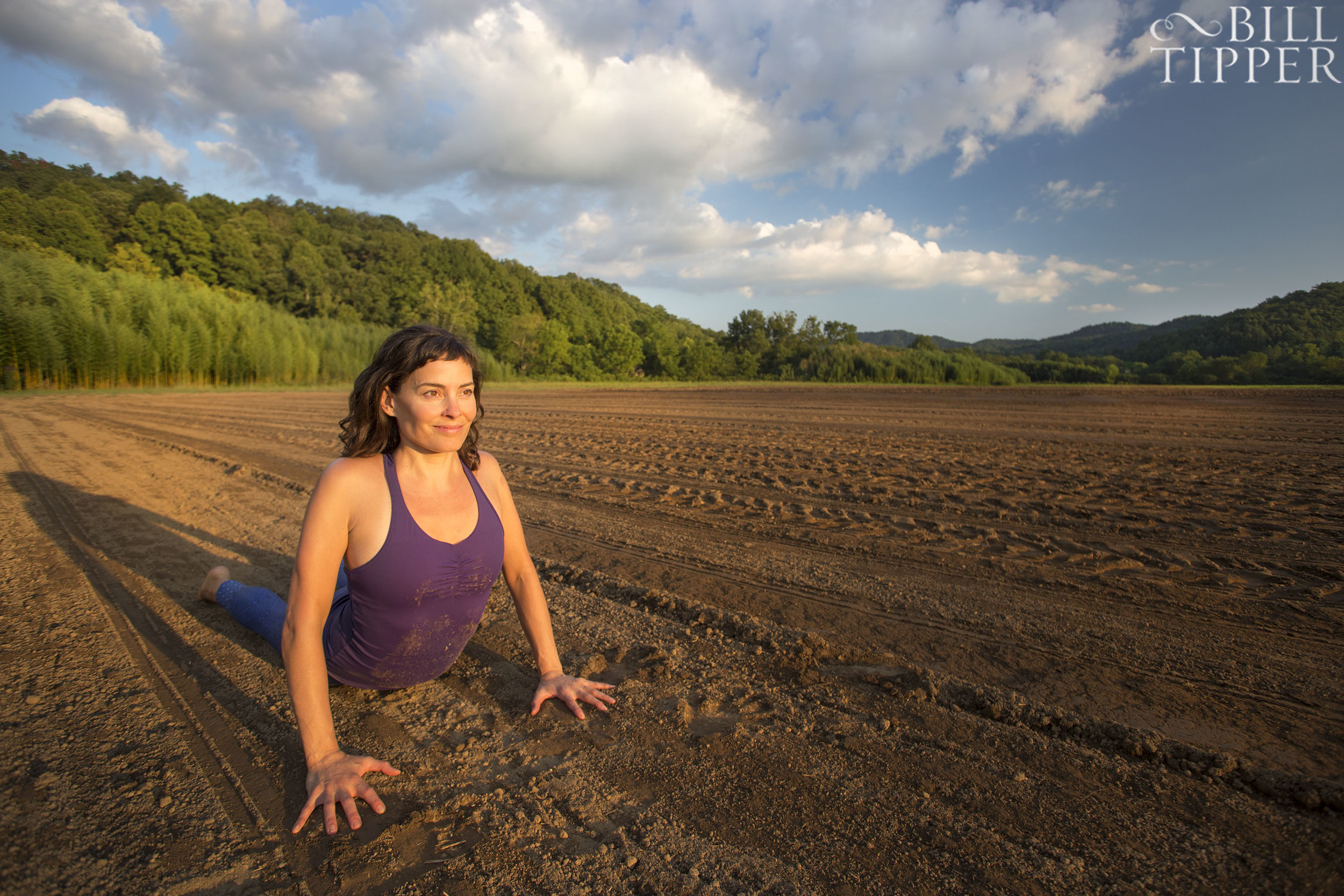
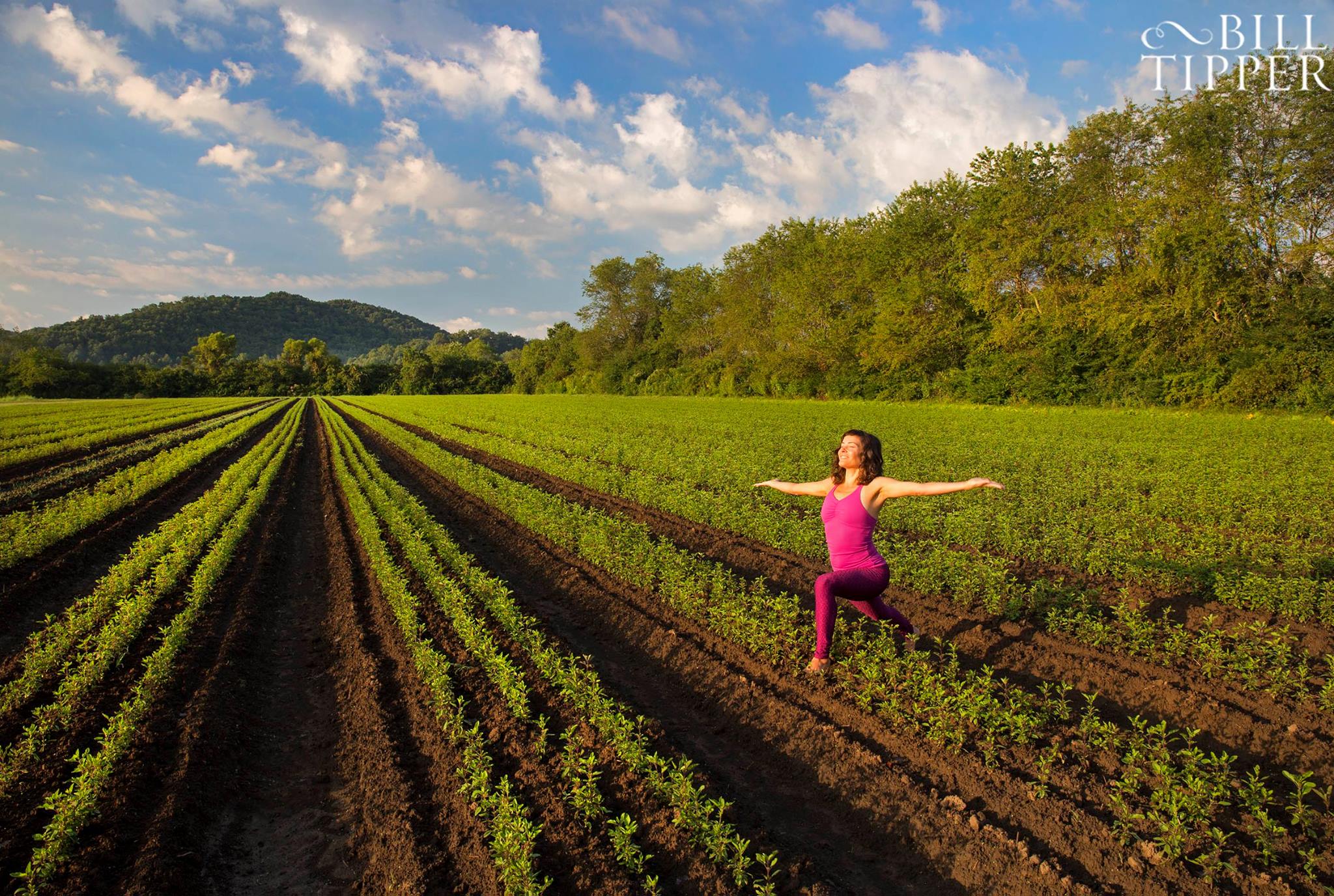
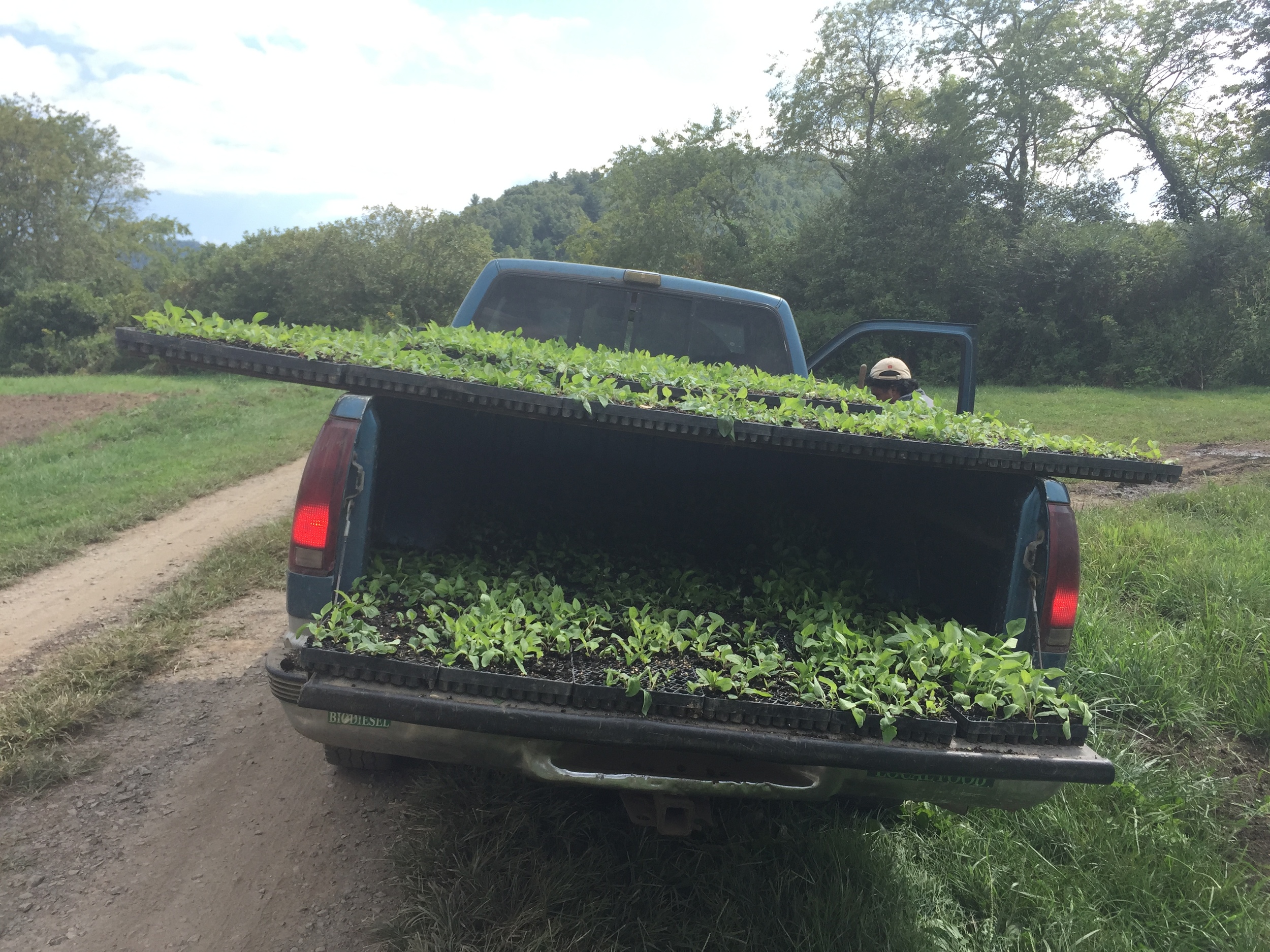 Seedlings on their way from the greenhouse to the fields for planting.
Seedlings on their way from the greenhouse to the fields for planting. Such a practical place to practice yoga. Don't you do yoga on tractors? Easing into baby natarajasana and trying not to giggle!
Such a practical place to practice yoga. Don't you do yoga on tractors? Easing into baby natarajasana and trying not to giggle!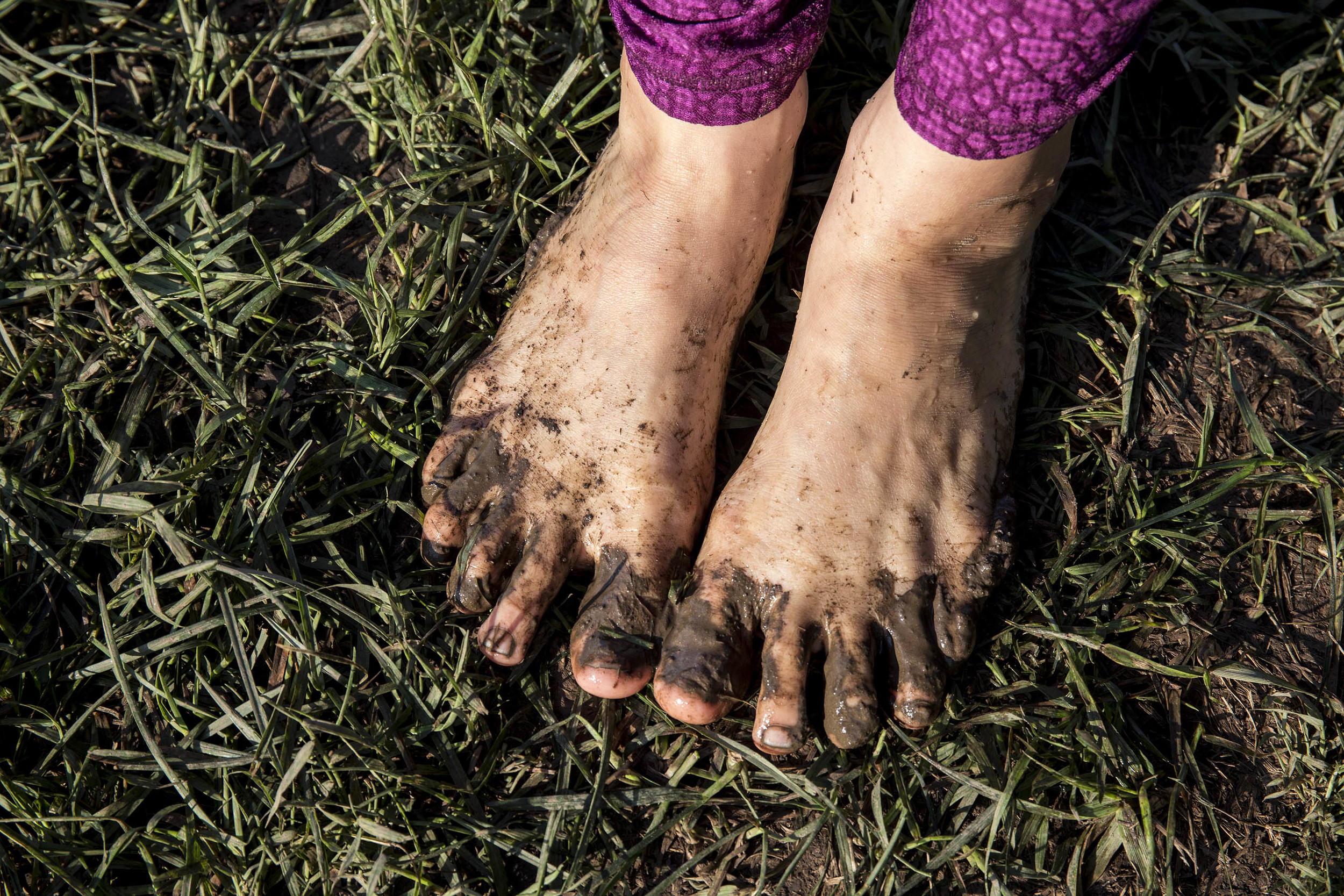
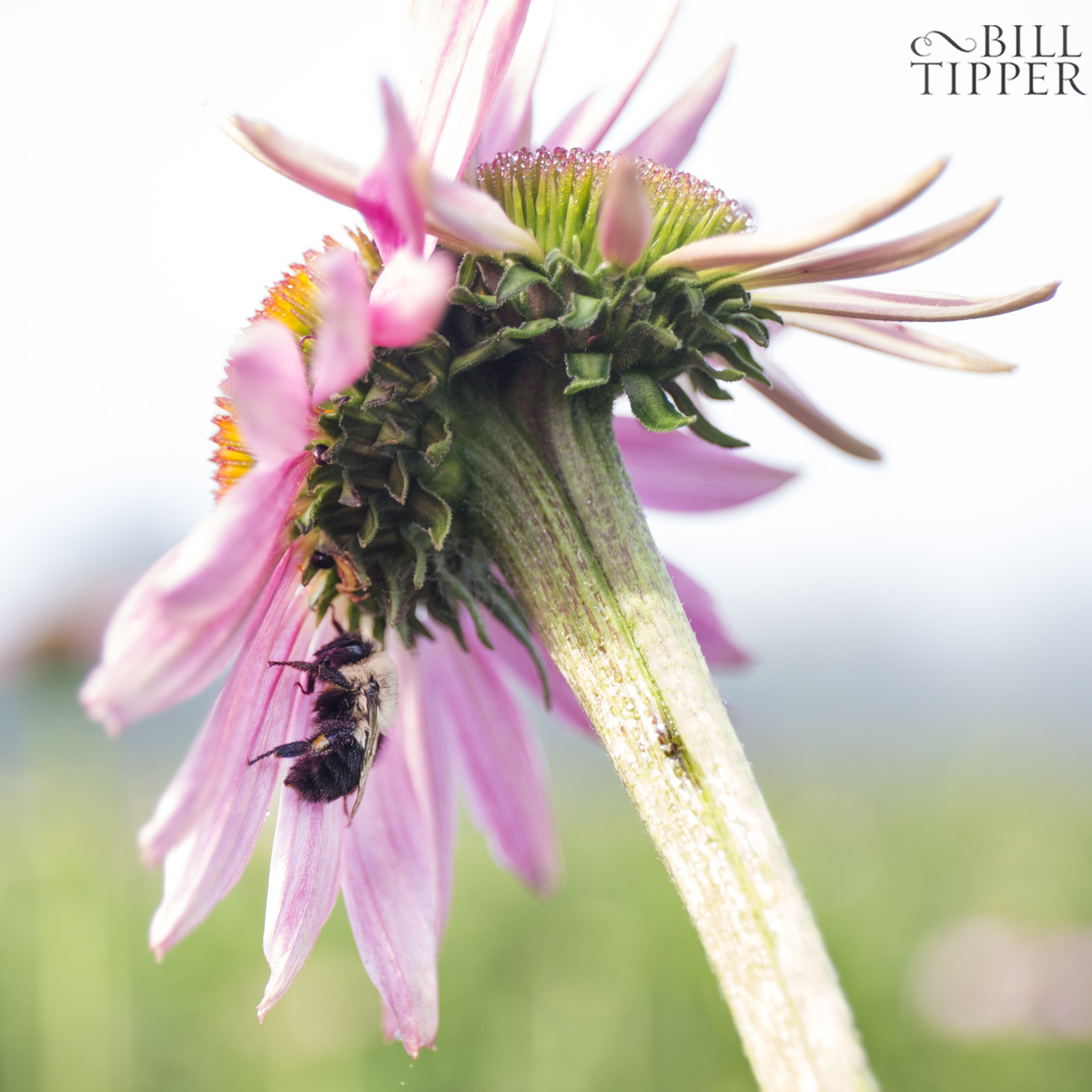 This was my favorite bumble bee on the farm! He was sound asleep at dawn cuddled up under the echinacea petals and sparkling with dew. And this is a twin headed flower! I made Bill take a macro shot so I would always remember him. :)
This was my favorite bumble bee on the farm! He was sound asleep at dawn cuddled up under the echinacea petals and sparkling with dew. And this is a twin headed flower! I made Bill take a macro shot so I would always remember him. :)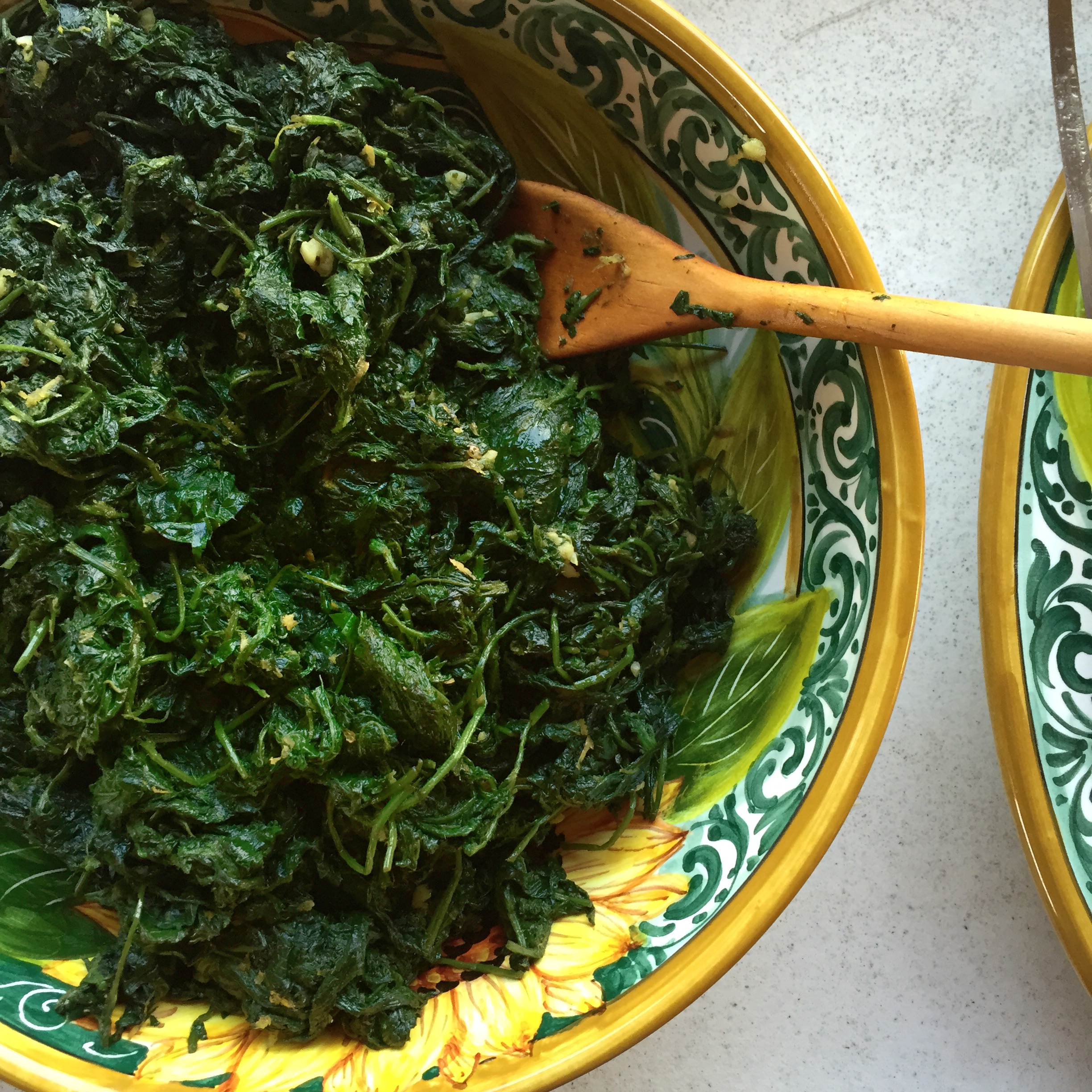 Sauteed stinging nettles! So good for skin and for allergies.
Sauteed stinging nettles! So good for skin and for allergies.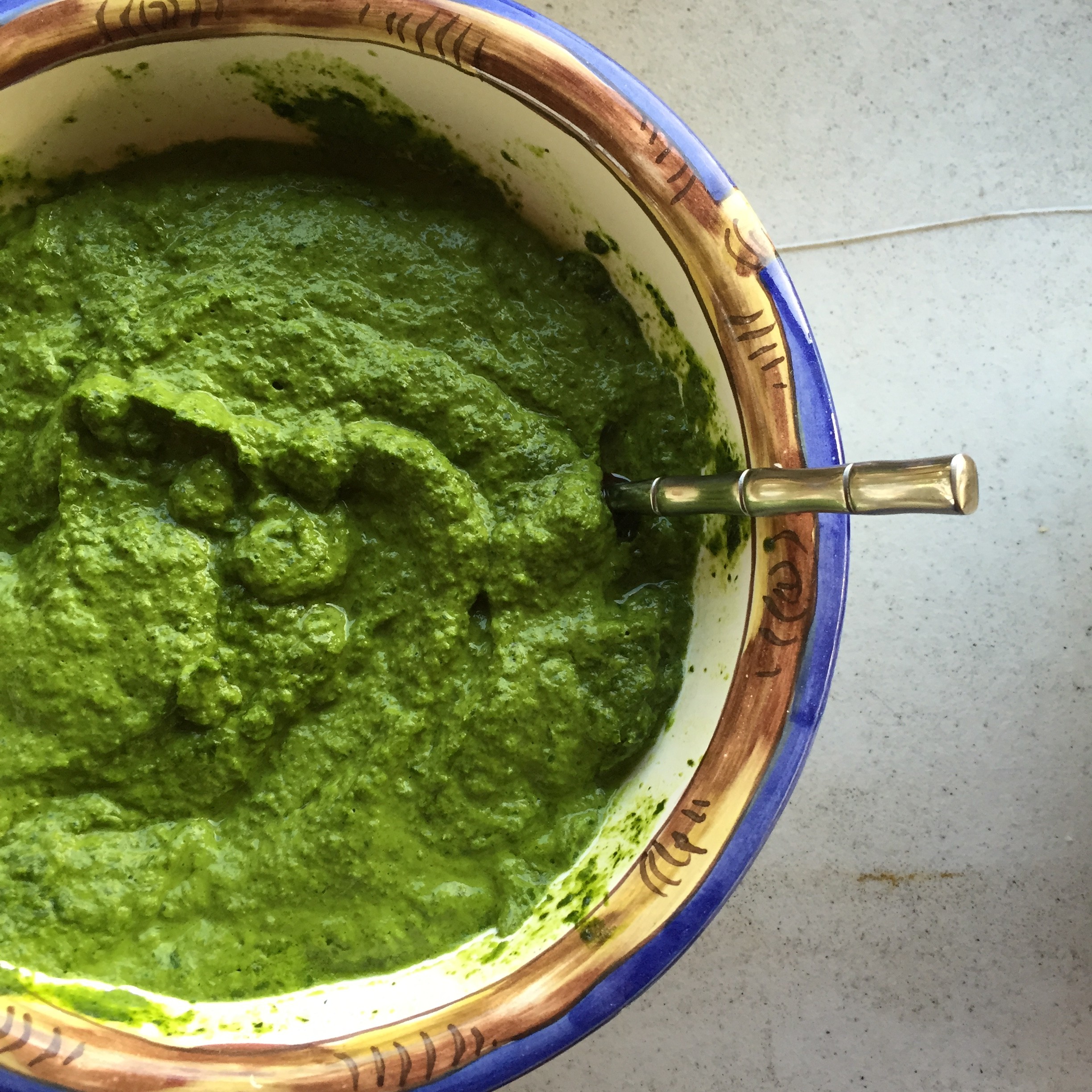 Chimichurri made from parsley and gotu kola (good for skin, collagen production, and the brain!).
Chimichurri made from parsley and gotu kola (good for skin, collagen production, and the brain!).